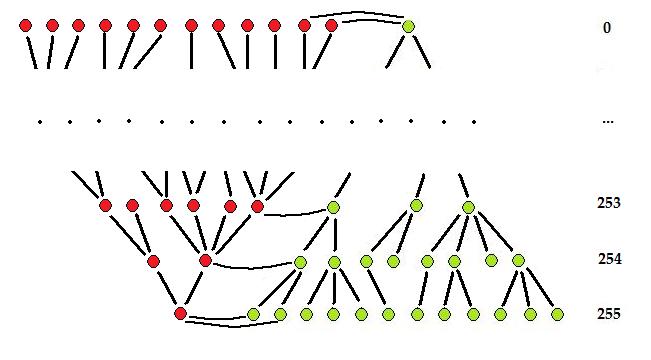In a recent post I made a couple of comments about MATLAB’s choice as the software for Digital Image Processing Using MATLAB by Gonzalez, Woods, and Eddins. I listed “MATLAB is ubiquitous” as a pro and “MATLAB is expensive” and “MATLAB is good for education and possibly research, problematic for industry” as two cons. Coincidentally, there was a discussion on Hacker News centered on MATLAB. Here are some of the comments:
… designed for engineers (I mean engineers, not computer programmers) to explore matrix models interactively, then save their work as scripts - you were never meant to use m-files for general purpose programming… What you’re paying for with MATLAB is access to the Mathworks Toolboxes. If you need them then it’s absolutely worth every penny.
Matlab is, to the programmer with experience in almost any other language, a tremendous horror… That being said, if you have the mathematical chops to rearrange your problem into something solvable via matrix transformations, you can probably write it quickly and elegantly in Matlab without worrying too greatly about execution speed. Better, the built in toolboxes have already solved huge (engineering) problem spaces… Prototype the math in Matlab, implement in a language that doesn’t suck.
.. the matrix/vector/tensor core is very elegant and powerful.
You’re probably unlikely to write a real application in Matlab… when you pay for Matlab, you pay for the assurance that the implementation of the tools provided is correct and therefore your research is based on a proven foundation.
My biggest complaint about Matlab (besides the licensing) is that it’s just a horrendously bad programming language (if you can call it a language at all)… you have to buy a toolbox for everything…
Matlab is really really, annoyingly powerful. You’ve got almost anything to try your ideas, implement an academic paper. But, it is slow (execution time). Prototype with Matlab, implement with C++.
Even though image processing/analysis wasn’t discussed, it is good to see that my assessment is confirmed.
I can add a few things though.
Matlab does some “rearranging“ of image manipulation (games) into matrix operations, they can’t be analyzed as matrices as they aren’t subject to matrix operations. They are in fact tables.
Matrices, yes. Linear algebra? Linear maps, kernels, images? Not as much. Quotient spaces? No. How am I supposed to compute homology of images?
Also, there are no pointers. So how am I supposed to implement graph representations of images?
So, MATLAB is mathematically powerful but only if you understand mathematics very narrowly.
Eventually I’ll add this to the wiki under MATLAB.










 on the right. In Fast computation of a contrast invariant image representation by P. Monasse and F. Guichard, they build a graph too (that one is a tree) and claim that the complexity is O(NlogN). Their proof looked unsatisfactory so I decided to apply their algorithm to my image. Odd…
on the right. In Fast computation of a contrast invariant image representation by P. Monasse and F. Guichard, they build a graph too (that one is a tree) and claim that the complexity is O(NlogN). Their proof looked unsatisfactory so I decided to apply their algorithm to my image. Odd…




